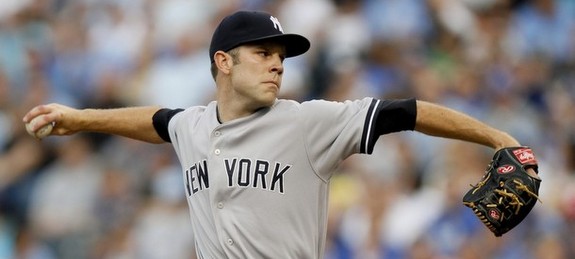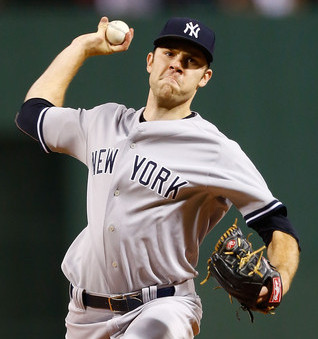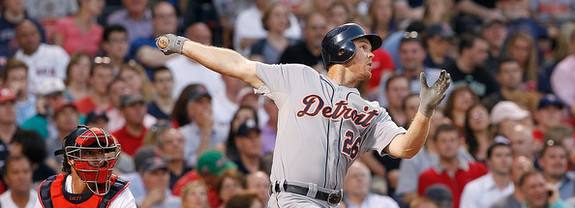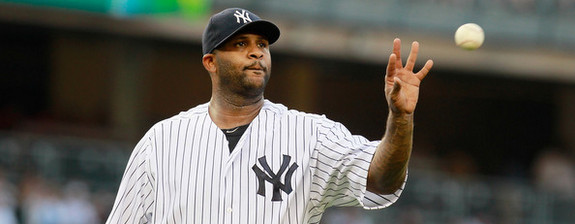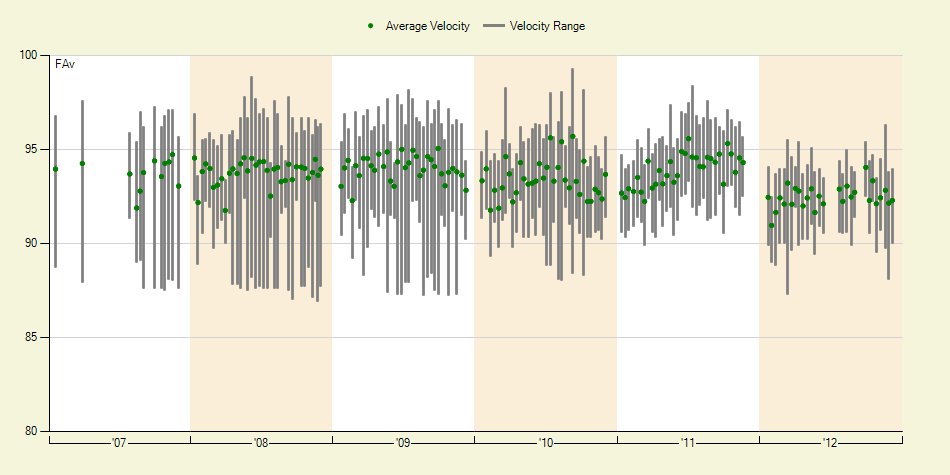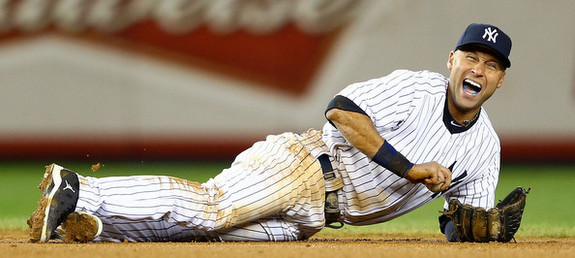
This seemed inevitable, but I’m surprised we’re hearing about it so soon. While speaking with reporters at a charity event yesterday, Joe Girardi told Dan Martin that Derek Jeter’s fractured left ankle might not be fully healthy in time for Opening Day. Here’s the quote…
“He’s still basically non-weight-bearing, I believe, so, I really believe it might be a little push,” said the skipper. “Just because of the rehab and you have to get the full strength and maybe you’re not able to start doing the things you normally would in January … So I think there’s a little bit of a question, but I think he’ll find a way, because that’s who he is.”
Jeter, 38, suffered the fracture in Game One of the ALCS after playing on a bone bruise (that may or may not have contributed to the fracture) for more than a month. He had surgery to repair the break and miscellaneous ligament damage about a month ago, and his recovery time was expected to be 4-5 months. That put him on target to return either at the outset of Spring Training or a few weeks into camp. Remember, players will have to report a little earlier this year due to the World Baseball Classic.
I have two concerns here, the first being Jeter’s age and the potential for a slower than expected recovery. Older players tend to stay injured longer, it happens. Secondly, I’m worried about a setback during the rehab if he pushes himself too hard to come back, similar to what happened with Andy Pettitte and his leg this summer. The Yankees are already seeking a utility infielder upgrade so they obviously want to prepare in case the Cap’n isn’t 100% ready to go on Opening Day. Even if he is, they’d be wise to take it easy on him for the first few weeks of the season anyway.
